* Russia introduces new Kornet-EM anti-tank missile
At the International Defense Exhibition in Iraq (IQDEX 2025), Russia's Rosoboronexport corporation introduced the Kornet-EM anti-tank missile system, developed and produced by Rostec's High-Precision Systems. This system was one of the most prominent products on display at the event, attracting attention from participating countries.
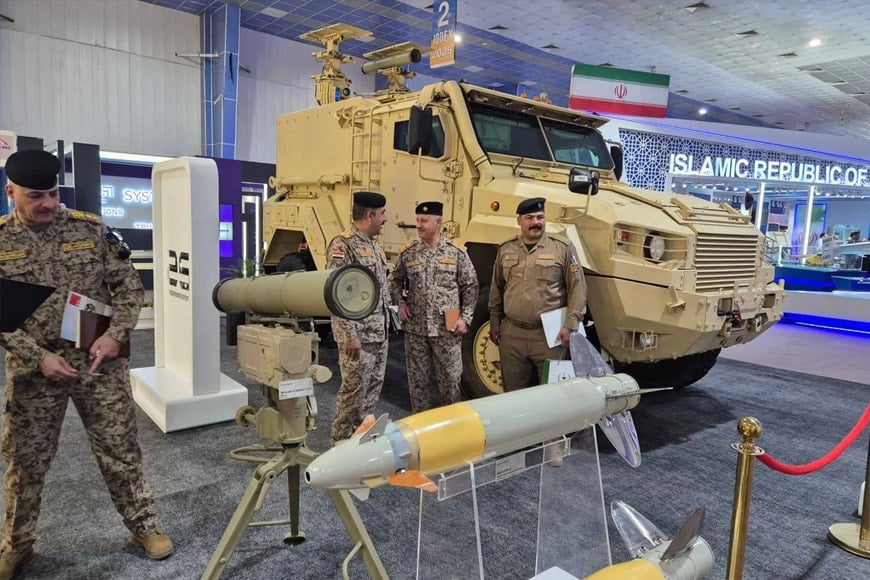 |
The Kornet-EM anti-tank missile system is displayed in two main configurations: Mounted on the KamAZ-53949 Typhoon-K mine-resistant ambush-protected (MRAP) vehicle and a mobile version that can be carried or transported by other means. Photo: Rosoboronexport |
Kornet-EM is a long-range precision-guided anti-tank missile system capable of operating in environments with optical countermeasures and electronic warfare. The missile uses an automatic or semi-automatic laser guidance system, which is resistant to jamming. The missile is available in two configurations: a self-propelled vehicle-mounted version equipped with an automatic launcher, thermal imaging equipment and a TV sight, and a shoulder-mounted version. The automatic launcher includes four missiles that can automatically track targets and has fire-and-forget capability. Kornet-EM can simultaneously engage two targets with two automatic launchers. The shoulder-mounted version is compatible with both Kornet-E and Kornet-EM missiles and has a thermal imaging sight.
The Kornet-EM has a maximum range of up to 10 km. The missile's thermobaric warhead contains about 7 kg of TNT, so the complex is capable of penetrating 1,100–1,300 mm of armor behind explosive reactive armor. It can target low-speed airborne threats such as tactical UAVs and hovering helicopters, as well as ground targets.
* Hyundai develops next-generation unmanned surface vessel
HD Hyundai Heavy Industries (HD HHI) recently announced that it has signed a contract with the Republic of Korea Navy (ROKN) to develop a next-generation combat unmanned surface vessel (USV). This contract marks HD HHI’s formal entry into the highly competitive and rapidly growing field of autonomous naval systems.
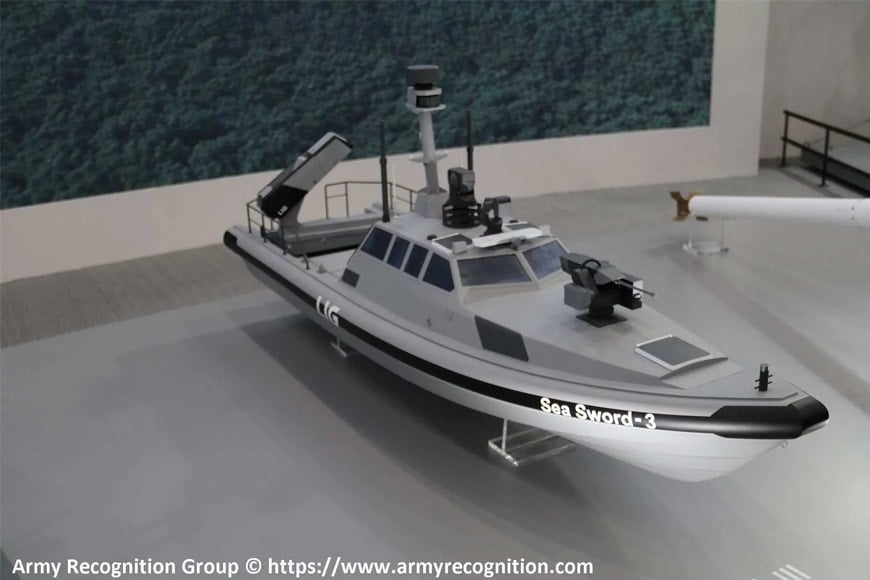 |
South Korea is boosting its naval capabilities through a series of unmanned surface vehicle (USV) development programs. Pictured is a scale model of the Sea Sword III, developed by LIG Nex1. Photo: Army Recognition Group |
The USV is expected to be capable of performing a variety of missions, including reconnaissance and close combat operations in contested environments. HD HHI plans to leverage artificial intelligence, autonomous navigation, and electric propulsion technology to develop a highly adaptable USV.
At the recent Korea Drone Show 2025, the ROKN introduced a new mine warfare USV concept, designed to detect and clear mines, highlighting the practical usefulness of unmanned platforms in defending the seas.
South Korea’s adoption of autonomous maritime technology is both timely and strategic. HD HHI’s new USV project represents a significant shift in force structure and operational doctrine.
* Four Nordic countries together buy hundreds of CV90 infantry fighting vehicles
Recently, at a joint press conference with Lithuanian Prime Minister Gintautas Paluckas, Swedish Prime Minister Ulf Kristersson confirmed plans to jointly purchase hundreds of CV90 infantry fighting vehicles (IFVs) with Finland, Norway and Lithuania. According to Kristersson, the joint procurement will result in faster delivery times, lower costs and benefit the defense industrial base.
As of 2025, the four countries participating in the CV90 joint procurement initiative, Sweden, Finland, Norway and Lithuania, have varying numbers of CV90 infantry fighting vehicles. Sweden has the largest fleet, with over 540 vehicles in various variants, including the CV9040 armed with a 40mm gun, as well as specialized models for command, air defence and fire support roles. Meanwhile, Finland operates 102 CV9030 FIN vehicles, purchased in two batches in 2000 and 2004, and has now initiated a mid-life update program that is expected to be completed by 2026.
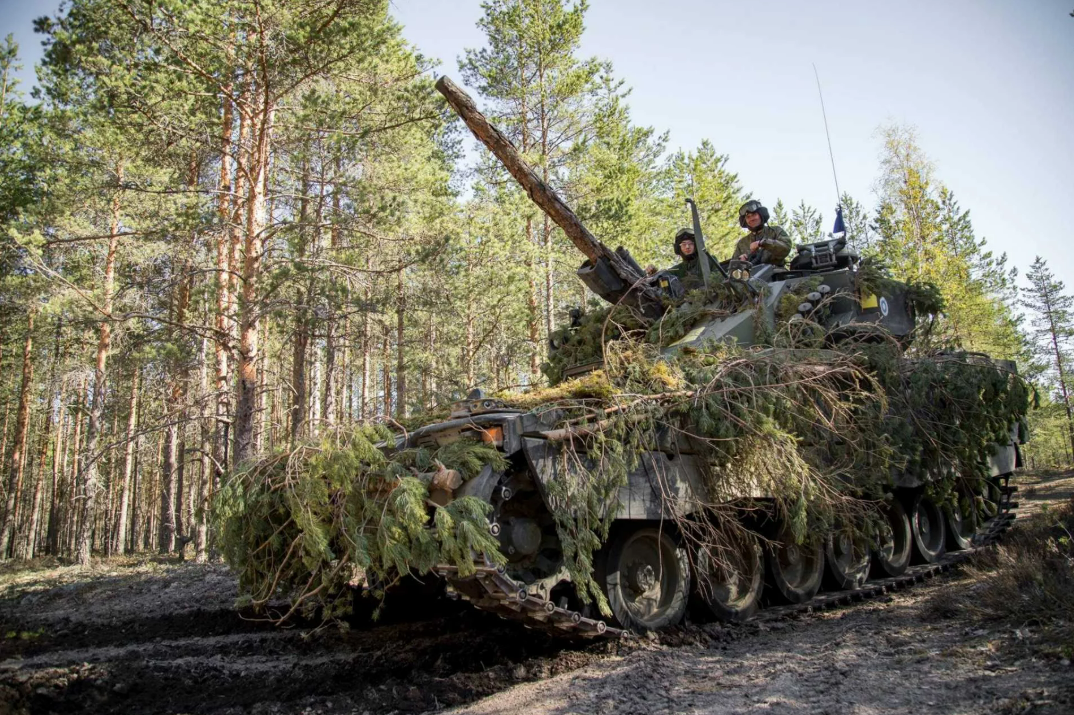 |
Finland currently operates 102 CV9030 FIN vehicles, purchased in two batches in 2000 and 2004. Photo: Finnish Ministry of Defence |
Norway initially purchased 104 CV9030 Mk I vehicles in the 1990s, upgrading 103 of them to the Mk III standard and purchasing 41 new Mk III vehicles. After selling 35 to Estonia and ordering 20 more in 2021, Norway’s CV90 fleet now stands at around 129. Lithuania, by contrast, does not currently operate CV90s but is in discussions with Sweden, Norway and Finland to propose joint procurement.
A common Nordic vehicle platform will reduce logistical complexity, enhance interoperability and reduce lifecycle costs, with the aim of achieving “cross-development, cross-purchase and cross-use” to ensure common supply chains and maintainability across the region.
In addition to standardizing infantry fighting vehicles, the four nations have agreed to adopt common uniforms and are working toward interchangeability of 155mm artillery ammunition. These measures reflect a strategic shift toward joint procurement and operational integration among NATO members in northern Europe. With growing concerns about regional security, collective defense readiness is becoming a priority.
QUYNH OANH (synthesis)
* Today's World Military column on the People's Army Electronic Newspaper sends readers the latest information on world military security and defense activities in the past 24 hours.
Source: https://baodaknong.vn/quan-su-the-gioi-hom-nay-24-4-nga-gioi-thieu-ten-lua-chong-tang-kornet-em-moi-250414.html


![[Photo] General Secretary To Lam concludes visit to Russia, departs for Belarus](https://vphoto.vietnam.vn/thumb/1200x675/vietnam/resource/IMAGE/2025/5/11/0acf1081a95e4b1d9886c67fdafd95ed)

![[Photo] General Secretary To Lam meets and expresses gratitude to Vietnam's Belarusian friends](https://vphoto.vietnam.vn/thumb/1200x675/vietnam/resource/IMAGE/2025/5/11/c515ee2054c54a87aa8a7cb520f2fa6e)

![[Photo] General Secretary To Lam arrives in Minsk, begins state visit to Belarus](https://vphoto.vietnam.vn/thumb/1200x675/vietnam/resource/IMAGE/2025/5/11/76602f587468437f8b5b7104495f444d)




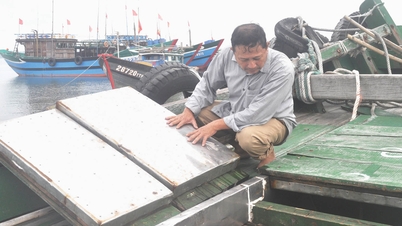







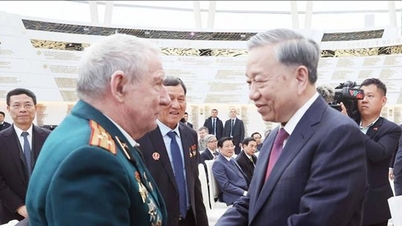
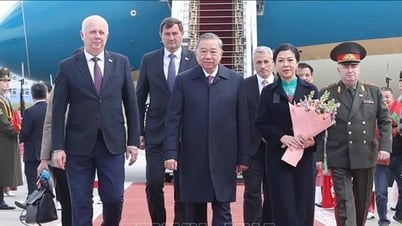



![[Photo] National Assembly Chairman Tran Thanh Man attends the Party Congress of the Committee for Culture and Social Affairs](https://vphoto.vietnam.vn/thumb/1200x675/vietnam/resource/IMAGE/2025/5/11/f5ed02beb9404bca998a08b34ef255a6)































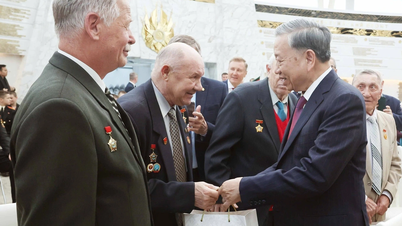


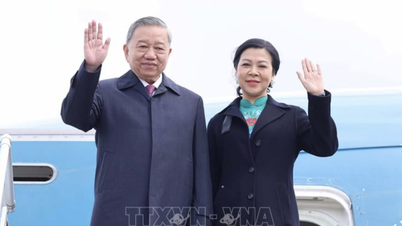




























Comment (0)